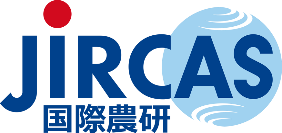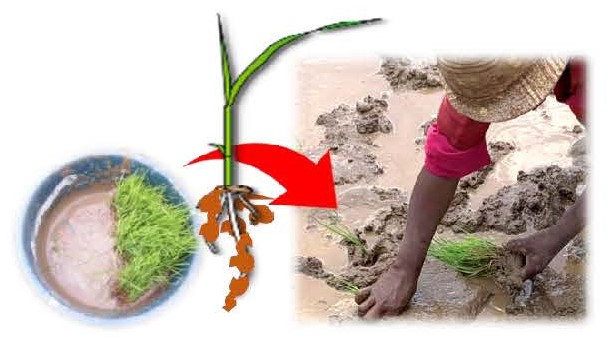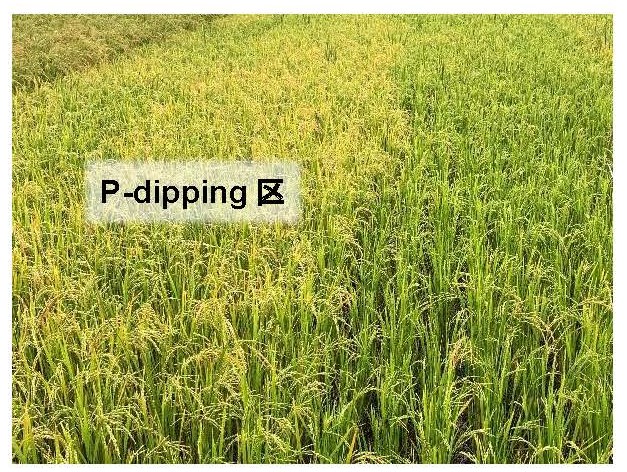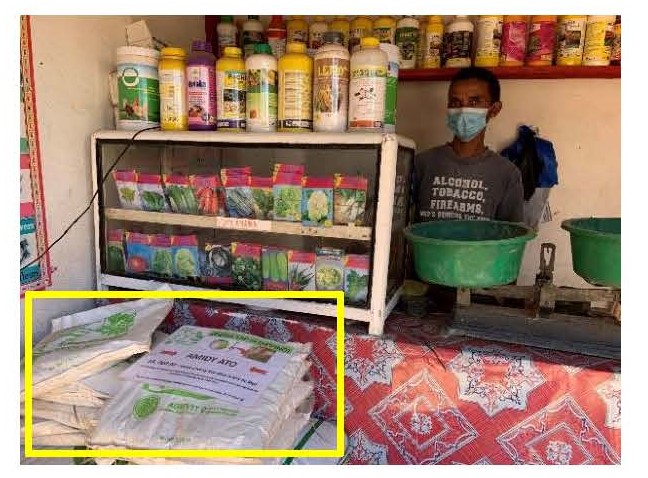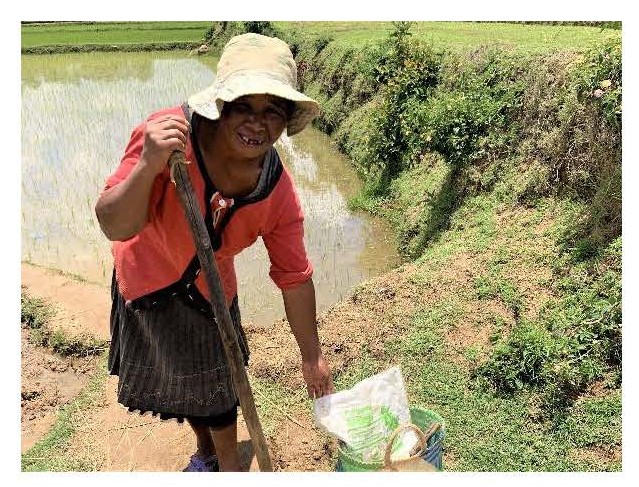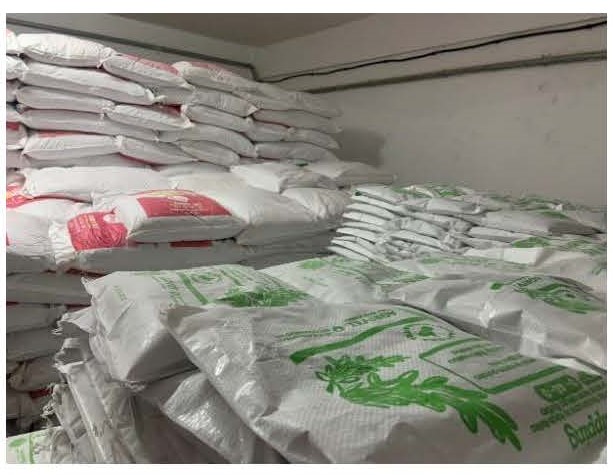Widespread Use of “P-dipping” Technology for Paddy Rice Fertilization
― Adopted by poor farmers and a fertilizer company in Madagascar and led to new investments―
Widespread Use of “P-dipping” Technology for Paddy Rice Fertilization
―Adopted by poor farmers and a fertilizer company in Madagascar and led to new investments―
|
Main Points
|
Overview
The SATREPS project conducted by JIRCAS in Madagascar has confirmed that the phosphorus dipping technology (P-dipping) for fertilizer application (Photo 1), which was jointly developed with the National Center for Applied Research on Rural Development (FOFIFA), is effective in increasing rice production in a wide area in the country. The technology has also been adopted by many farmers and has generated new investments among private fertilizer companies.
With the collaboration of JICA's technical cooperation project “Project for Promotion of Productivity Improvement and Industrialization of the Rice Sector", the Ministry of Agriculture and Livestock of Madagascar, and a local private fertilizer company, JIRCAS prepared a simple manual for P-dipping and a bag containing a small amount of fertilizer (3 kg of triple superphosphate), and conducted a wide-area demonstration test of P-dipping on more than 3,000 farmers in Madagascar. As a result, the average yield of rice per hectare increased from 3.7 tons to 4.8 tons, an increase of about 1.1 ton (30%). This increase in rice yield is expected to have a significant economic effect on poor farmers in the country's rural areas, whose main source of income is rice cultivation.
Sales of fertilizer (triple superphosphate) for P-dipping began in October 2022 (Photo 3), and by February 2023, more than 1,000 farmers had purchased the fertilizer. Although fertilizer prices are currently skyrocketing, farmers continue to use this technology. A follow-up survey of farmers who purchased the fertilizer revealed that P-dipping has been adopted by poor farmers who have had difficulty in applying chemical fertilizers for lowland rice production due to economic reasons and poor access to fertilizer markets, because P-dipping requires smaller amounts of fertilizer which makes easier to purchase and transport (Photo 4). The widespread use of the technology by farmers has also generated a new private investment, such as a private fertilizer company in Madagascar that procured an additional 50 tons of phosphorus fertilizer (equivalent to about 9 million yen) for P-dipping from overseas (Photo 5).
Based on a three-year household survey in Madagascar, JIRCAS has shown that increased rice yield has a positive effect on farmers' income and nutritional intake (press release on January 12, 2023). Thus, it is expected that the P-dipping developed by JIRCAS will lead to increased rice production in Madagascar, as well as poverty reduction and nutritional improvement for farmers.
This research was supported by the SATREPS project “Breakthrough in Nutrient Use Efficiency for Rice by Genetic Improvement and Fertility Sensing Techniques in Africa” (June 2016 - September 2022, PI: TSUJIMOTO Yasuhiro, JIRCAS), a collaborative project of JICA and the Japan Science and Technology Agency (JST). The project was highly evaluated as "a model project in the field of biological resources" in the JST terminal evaluation for SATREPS projects.
For inquiries
JIRCAS President KOYAMA Osamu
- Program Director:
- NAKASHIMA Kazuo (Food Program)
- Principal Investigator:
- TSUJIMOTO Yasuhiro (Crop, Livestock and Environment Division)
- Press Coordinator:
- OMORI Keisuke (Head, Information and Public Relations Office)
E-mail:koho-jircas@ml.affrc.go.jp

